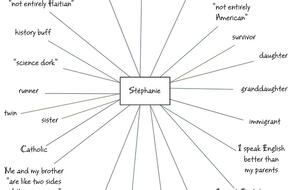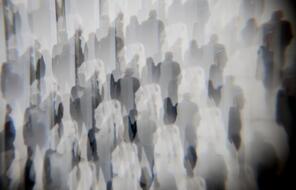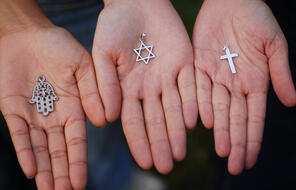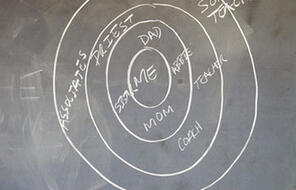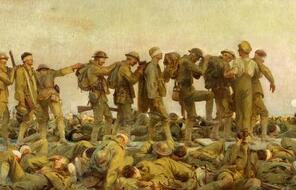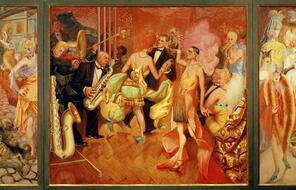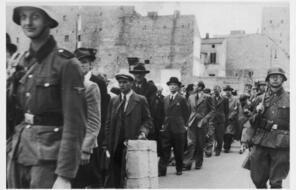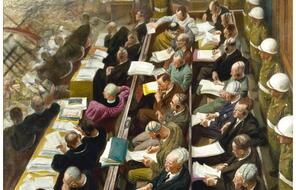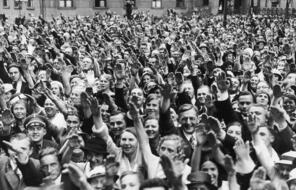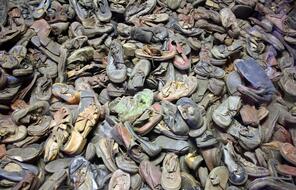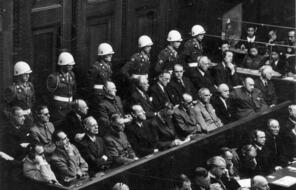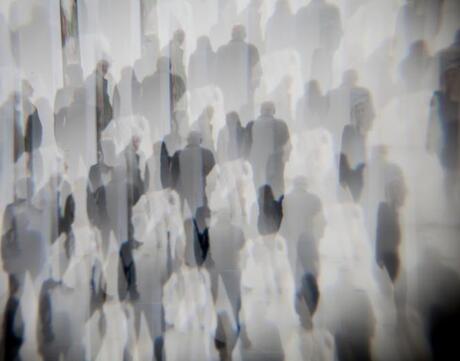
The Individual and Society
Subject
- Civics & Citizenship
- Social Studies
Grade
6–12Language
English — USPublished
Overview
About this Chapter
Who am I? Who are you? Who are we? How we answer these questions shapes how we think about, and how we behave toward, ourselves and others. And our answers to those questions are influenced by the society we live in. This chapter explores the relationship between the individual and society, and how that relationship affects the choices we make.
Inside this Chapter
Analysis & Reflection
Enhance your students’ understanding of our readings on individual, society, and identity with these follow-up questions and prompts.
Unlimited Access to Learning. More Added Every Month.
Facing History & Ourselves is designed for educators who want to help students explore identity, think critically, grow emotionally, act ethically, and participate in civic life. It’s hard work, so we’ve developed some go-to professional learning opportunities to help you along the way.
Exploring ELA Text Selection with Julia Torres
On-Demand

Working for Justice, Equity and Civic Agency in Our Schools: A Conversation with Clint Smith
On-Demand

Centering Student Voices to Build Community and Agency
On-Demand


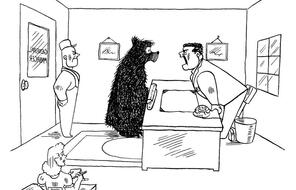
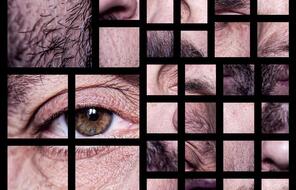
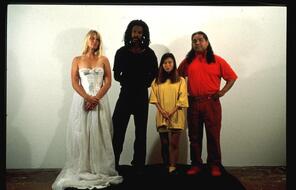
![Artist Glenn Ligon created Untitled: Four Etchings [B] using a quotation from writer Zora Neale Hurston’s essay, “How It Feels to Be Colored Me.”](/sites/default/files/styles/dynamic_stack_296_1x/public/2022-07/D15968_Medium_res.jpg?h=c15025bd&itok=EIHlZetq)
